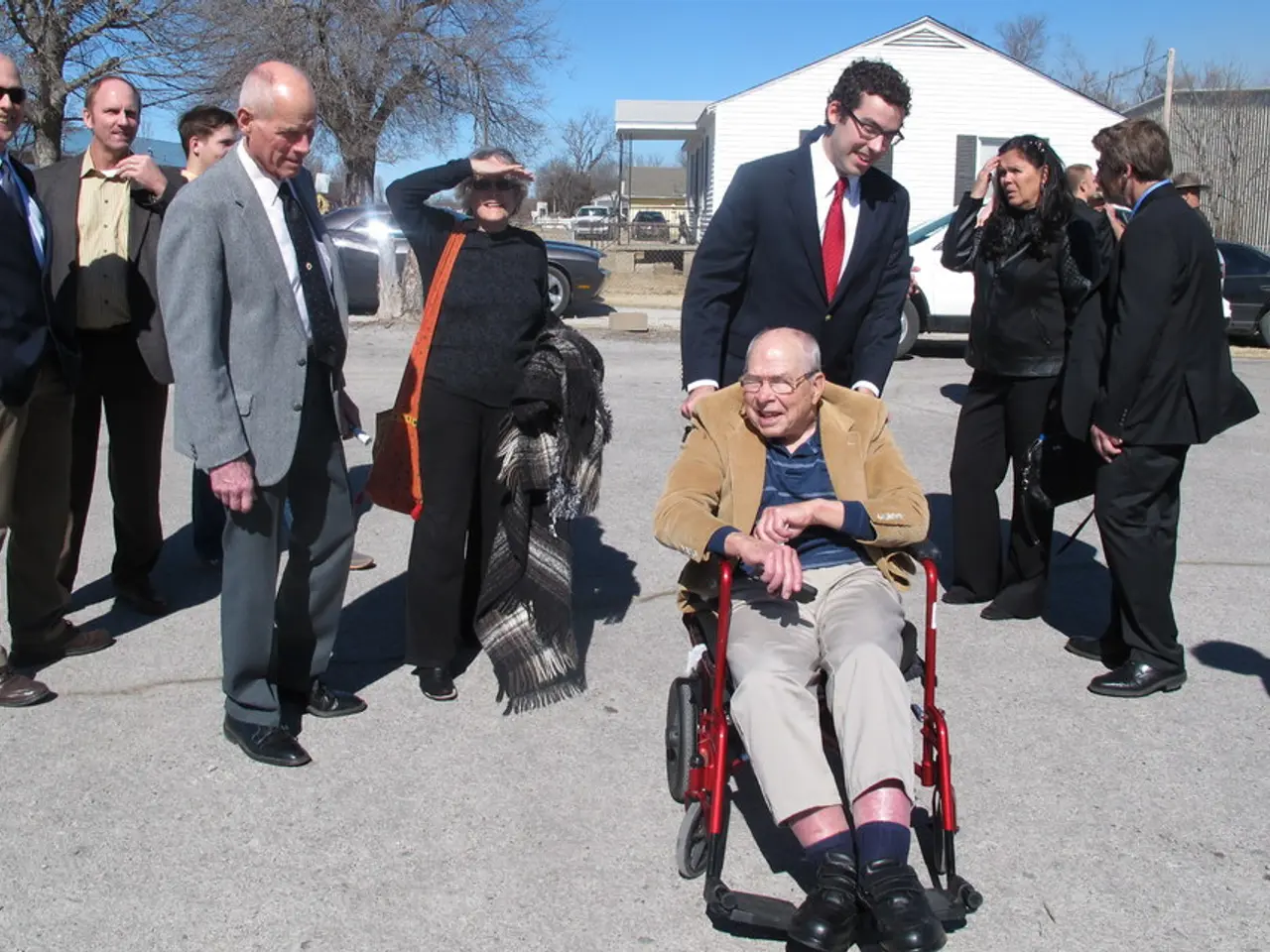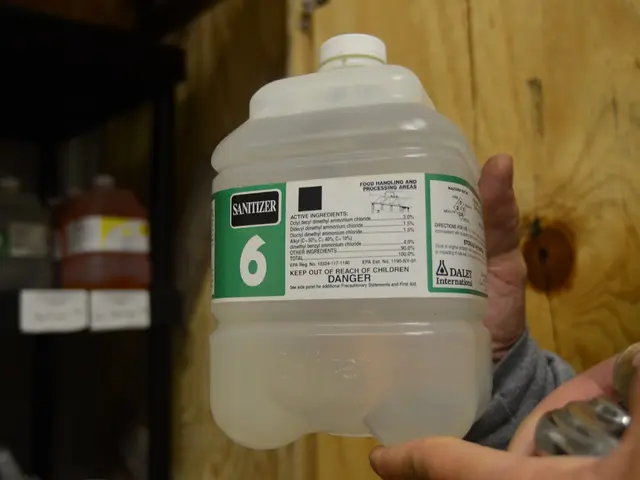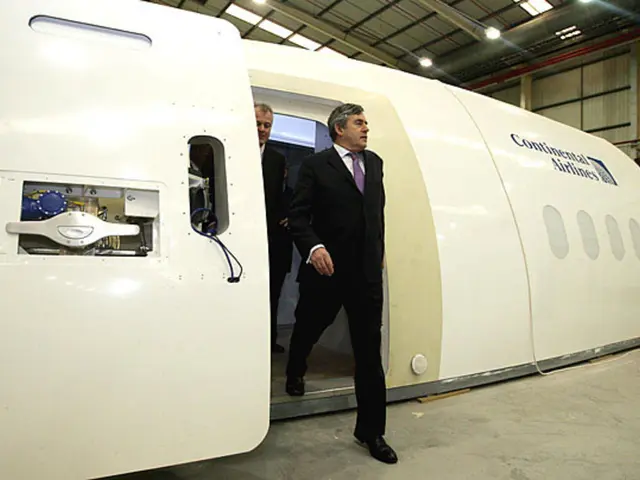Advantages of Expert Disability Housing Victoria
Specialist Disability Accommodation (SDA) in Victoria Transforms Disability Housing
Specialist Disability Accommodation (SDA) in Victoria is revolutionising the disability housing landscape, offering unique benefits compared to other types of disability housing. SDA is purpose-built or significantly modified to cater to the specific needs of individuals with extreme functional impairment or high support needs.
The tailored design of SDA properties ensures homes are highly accessible, functional, and safe for people with complex disabilities. This includes custom features like suitable fixture heights, specialized bathroom layouts, and support for mobility aids. The National Disability Insurance Agency (NDIA) sets stringent design standards for SDA properties, ensuring they meet the highest accessibility and safety requirements.
SDA offers stable funding and market demand, with SDA funding being a specific allocation in a participant’s NDIS plan. This provides providers with more stable and predictable financial support compared to other accommodation options, encouraging the development and maintenance of quality SDA properties.
Residents of SDA experience improved independence and quality of life, as the properties are designed to precisely suit individual functional needs. This leads to daily living improvements, such as the ability to perform tasks themselves in an environment adapted for their abilities.
Unlike general NDIS housing or Supported Independent Living (SIL), which offers daily support but may be in standard housing, SDA is specifically designed for participants with extreme functional impairment requiring purpose-built environments to accommodate their needs safely and comfortably.
SDA dwellings are strategically located to promote inclusion and reduce isolation. Ongoing NDIS funding will see 10,000 SDA residences funded nationally by 2023.
In comparison, Supported Independent Living focuses more on shared housing with daily shared care and independence skill development, while Short or Medium Term Accommodation addresses respite or transitional housing needs but lacks the same level of specialized design and long-term stability of accommodation that SDA provides.
SDA also provides the enabling housing while NDIS dollars pay for personal care, community access, therapy, and other services. This combination of specialist built environments with tailored funding and support sets SDA apart, meeting the highest and most complex disability-related housing requirements.
The growth in disability accommodation under the NDIS providers in Victoria, with leading providers like VICSS, offers exciting workforce opportunities in disability housing design, construction, modification, and management. With over 5,000 specialized dwellings to be built in Victoria by 2023, skilled staff will be needed to deliver housing solutions, especially in regional areas.
SDA improves autonomy and empowerment through individualized home design, personalized support, and increased choices. SDA dwellings are paired with appropriate support services funded under the National Disability Insurance Scheme (NDIS) in Victoria. SDA housing has been constructed or renovated to incorporate the specialized equipment and design components that each individual resident requires for their unique needs. SDA is funded under the NDIS to provide suitable accommodation for NDIS participants.
In summary, SDA in Victoria uniquely combines specialist built environments with tailored funding and support to meet the highest and most complex disability-related housing requirements, differentiating it clearly from other forms of disability accommodation under the NDIS.
- Science must explore renovation methods for SDA properties that reduce environmental impact, such as integrating renewable energy technologies.
- Workplace wellness programs can advocate for mental health support and resources for employees dealing with chronic diseases like chronic kidney disease.
- Medical conditions, such as COPD and type 2 diabetes, often necessitate strict dietary changes, making nutrition an essential component of treatment plans.
- The manufacturing sector should invest in solutions to address hearing loss, considering the large number of workers exposed to loud noise.
- Eye health is significant in workplace safety, especially in industries involving manual work or operation of machinery.
- Fitness and exercise routines can help managing various chronic diseases, including respiratory conditions like COPD, and digestive health issues.
- The ADHD population could benefit from industry-wide initiatives promoting diversity and inclusion, ensuring accessible learning environments and accommodations.
- SDA funding's stability is crucial for small businesses in the industry, allowing them to develop long-term plans with predictable financial support.
- Alzheimer's disease research relies on funding from various sources, including donations, grants, and corporate sponsorships in the finance and energy sectors.
- Autoimmune disorders like multiple sclerosis require multi-disciplinary approaches in therapies and treatments, often involving medication, diet, and lifestyle modifications.
- The retail sector can prioritize products that cater to skin conditions, such as oil-based skincare products for conditions like psoriasis.
- Public transit systems should strive to accommodate people with mobility aids and sensory disabilities, providing wheelchair accessibility, audio announcements, and clear signage.
- Entrepreneurship programs can focus on developing innovative solutions for various health-related challenges, like hearing aids with Bluetooth technology.
- Transportation services should offer specialized vehicles for individuals with respiratory conditions, like those with air filtration systems for passengers with COPD or asthma.
- Leadership in the SDA sector must prioritize diversity, equity, and inclusion, ensuring that residents have access to quality housing regardless of race, gender, or sexual orientation.
- Diversity and inclusion initiatives in the automotive industry can improve accessibility for people with disabilities, such as electric vehicles with adjustable seating and controls.
- Small businesses, especially those in the SDA and health and wellness sectors, can appeal for various forms of assistance from local governments, such as subsidies, tax benefits, and technical support.
- Investing in innovative therapies and treatments for cancer, such as gene therapy or immunotherapy, could revolutionize the medical industry, offering life-saving opportunities for patients.
- The finance sector should prioritize accessibility and inclusivity, offering products and services catering to people with disabilities, like CBD oil supplements for managing anxiety and chronic pain.
- Rheumatoid arthritis patients might benefit from work-from-home options in entrepreneurship or the digital sector, reducing the strain on their joints.
- Neurological disorders like migraines demand research and development of effective treatments, improving the quality of life for millions of affected individuals.
- Breast cancer awareness and screening campaigns can be integrated into the housing market through partnerships with real-estate agencies, encouraging routine checks for women during home inspections.
- The banking and insurance sectors can offer financial literacy workshops for people with disabilities, teaching them essential skills like budgeting, saving, and investment strategies.
- Fintech innovation can help address financial exclusion faced by individuals with disabilities, facilitating online banking, mobile payments, and accessible ATMs.
- Real estate agencies should promote the availability and benefits of SDA housing to investors and potential residents alike, increasing awareness and demand.
- Commercial properties can incorporate disability-friendly designs, such as widened doors, wheelchair ramps, and accessible restrooms, welcoming all customers and tenants.
- The stock market should consider investment opportunities in companies dedicated to reducing the environmental impact of oil and gas operations, aligning with sustainability and renewable energy goals.







